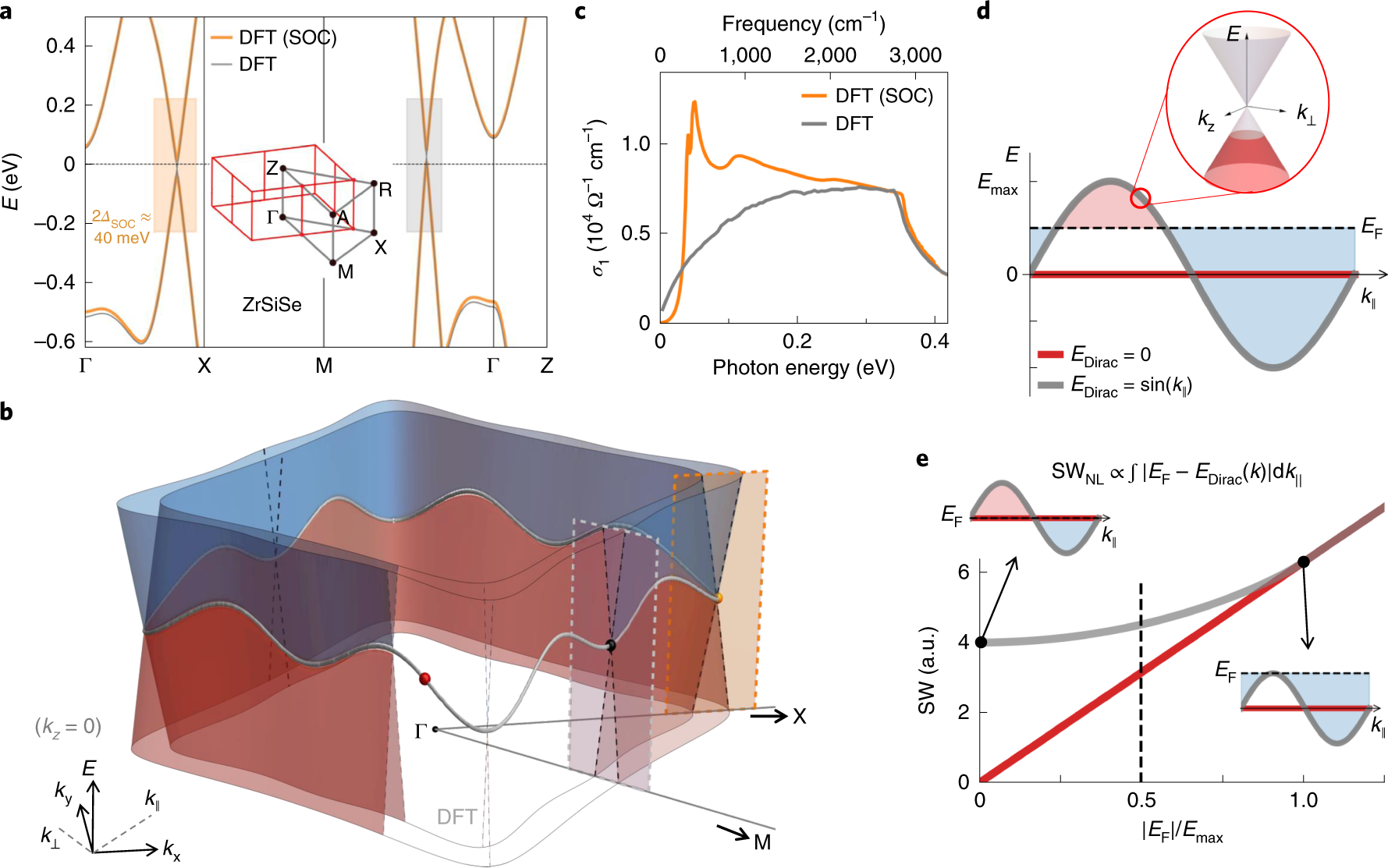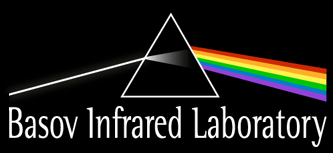Correlated Materials
Correlated topological matter refers to emerging material systems where electronic correlations and topological band structures coexist and give rise to unique physical properties. Using detailed optical and magneto-optical spectroscopy measurements, we uncovered a correlated state in the topological nodal-line metal ZrSiSe. Further exploring the correlated state at finite momentum requires a clear polaritonic observable that is immune to ohmic loss. Remarkably, the absorptive part of the optical conductivity in ZrSiSe shows an abrupt suppression in the near-infrared frequencies originated from the abundant van Hove singularities coexisting with the nodal-line bands. The sharp “cliff” is accompanied by a peak at the van Hove energy prescribed by Kramers-Kronig relations. This novel design-principle for high-quality plasmons leveraging topological bandstructure is verified experimentally through nano-optical imaging/spectroscopy in the near-infrared frequency range. The observed hyperbolic waveguiding originates from polaritonic hybridization between near-infrared light and nodal-line plasmons in ZrSiSe, far exceeding the energy range of hyperbolic phonon polaritons.
Recent review articles: [282]
Recent results:
Electronic Correlations in Nodal-Line Semimetals
Shao Nature Physics (2020). Article
Read More
 With the discovery of nodal-line semimetals, the notion of the Dirac point can be extended to lines and loops in momentum space. Due to the anisotropy associated with nodal-lines, kinetic energy along the along the nodal lines is greatly reduced. Using a combination of optical spectroscopy and density function theory calculations, we examine the prominent correlation effects in a nodal-line semi-metal compound, ZrSiSe. By studying reductions of the free-carrier Drude weight and also Fermi velocity in comparison to predictions of density functional band theory, we are able to investigate the properties of correlation-driven physics in a Dirac system.
With the discovery of nodal-line semimetals, the notion of the Dirac point can be extended to lines and loops in momentum space. Due to the anisotropy associated with nodal-lines, kinetic energy along the along the nodal lines is greatly reduced. Using a combination of optical spectroscopy and density function theory calculations, we examine the prominent correlation effects in a nodal-line semi-metal compound, ZrSiSe. By studying reductions of the free-carrier Drude weight and also Fermi velocity in comparison to predictions of density functional band theory, we are able to investigate the properties of correlation-driven physics in a Dirac system.

